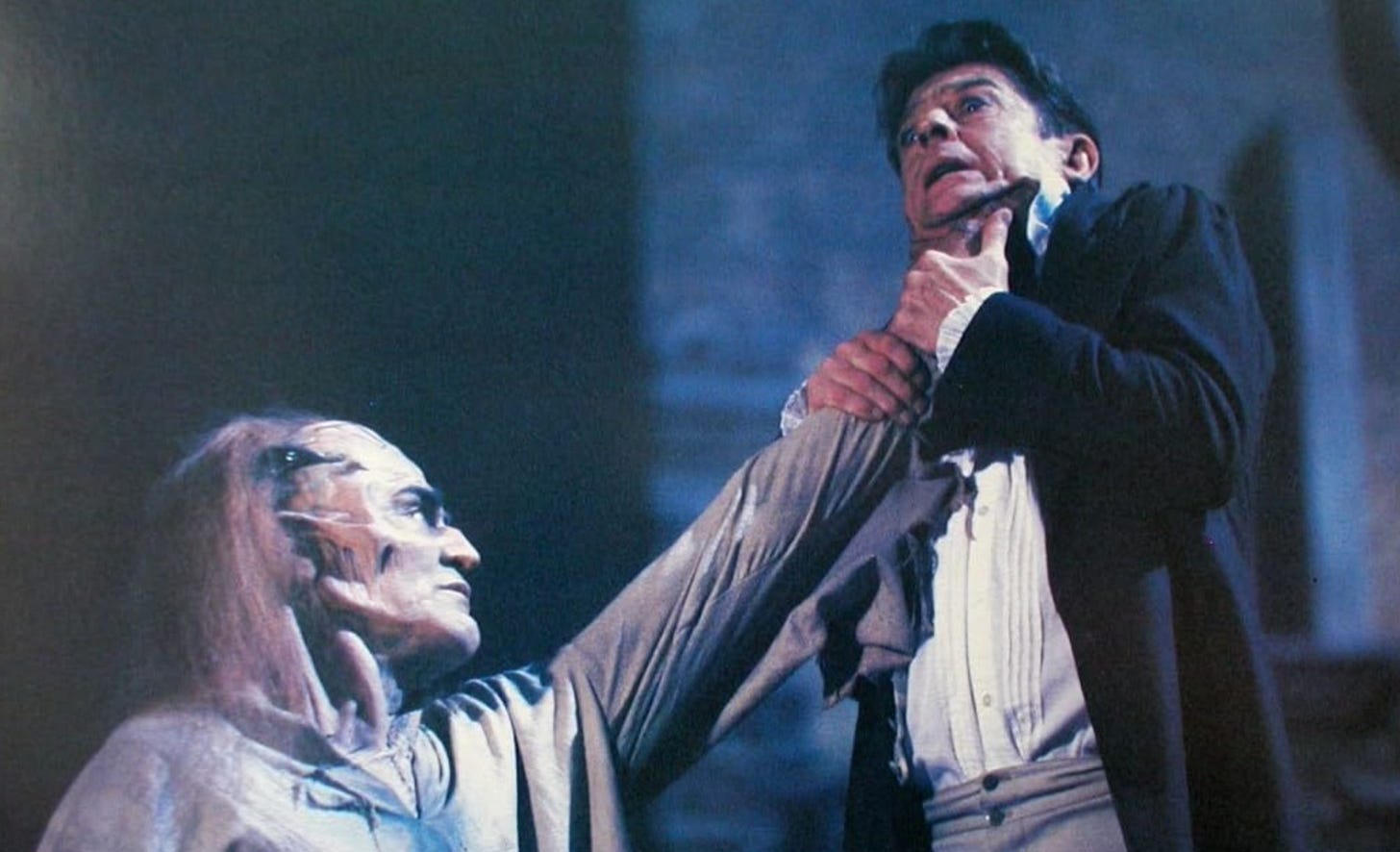Why Won't My Characters Do As They're Told?
Do characters really have a life of their own? Or is it all just marketing bunk and cultural mythmaking? Do writers really commune with the unseen?
According to his creator Robert E. Howard, Conan the barbarian – that icon of masculine romance – entered our world like he’d been real all along. In a letter to fellow pulp author Clark Ashton Smith in 1935, Howard wrote, “I did not create [Conan] by any consc…


